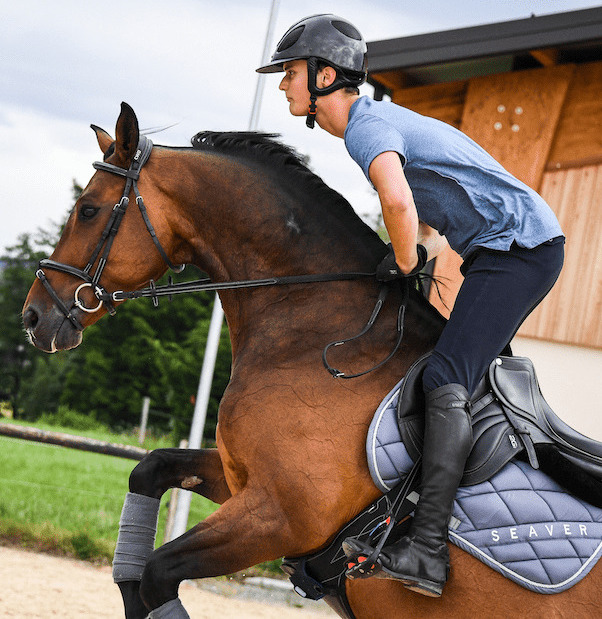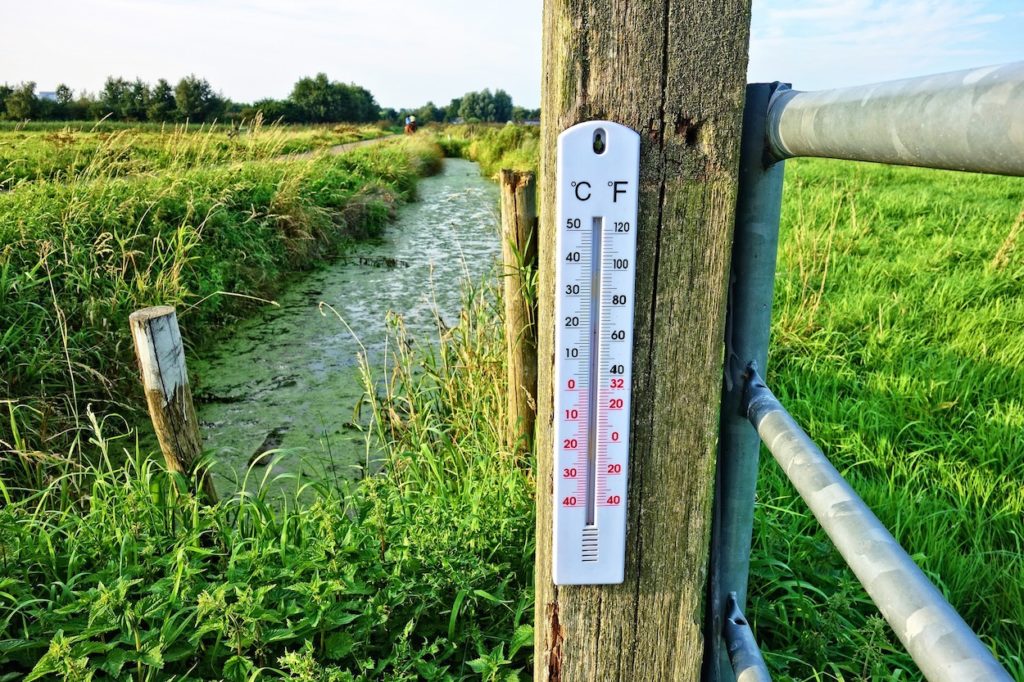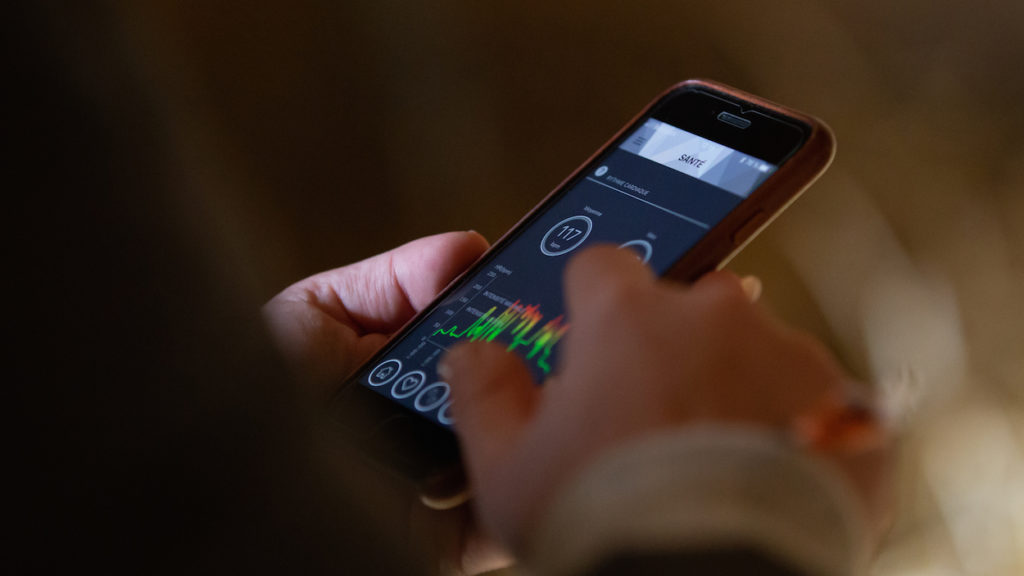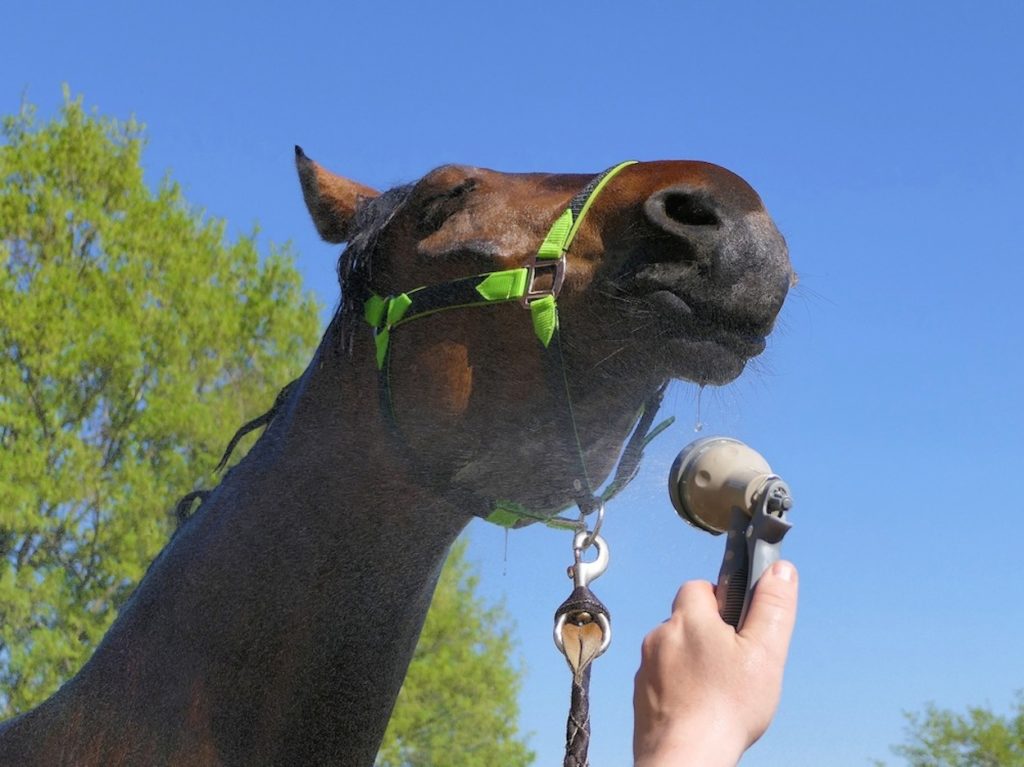-15 % sur votre première commande
rentrez votre email pour recevoir le code


Le paiement x10 disponible sur la boutique ! Commandez votre airbag SAFEFIT pour 50€/mois
lundi, 9 juillet, 2018
- by Dr. Justine Guillaume, whom we thank a lot 🙂 -
The heart rate is an important data of training, but it is easily impacted by external factors.
You probably already noticed that heat has a direct impact on your horse’s heart rate. There can be a difference between the effort provided by the horse and the heart rate data, and it is easily explained.

The heart rate is under the influence of the nervous (parasympathetic and sympathetic) and endocrine systems, and it is affected by variations in external conditions. When a horse goes being at rest to being in movement and then to doing an exercise, the body’s physiological phenomena of adaptation bring all the cardio-vascular and respiratory processes from a stable state to a state corresponding to the requirements of the exercise’s level. Thus, as soon as the exercise’s intensity increases, all the processes are brought to the superior level, including the heart rate.
These physiological phenomena will sharpen depending on several environmental factors, called external factors. Here, we will only discuss temperature and humidity, but other external factors can also impact the heart rate, such as altitude.
The atmospheric temperature:
An increase of the exterior temperature will lead to an increase of the heart rate at rest and during submaximal exercises in order to compensate the internal temperature’s increase. Your horse’s body will initiate heat exchange mechanisms in order to maintain a constant body temperature (37.5° C - 38 °C).
In case of heat, the heart rate can rise by 10 to 15 beats per minute, even at rest, because of the increase of the skin blood flow (skin vasodilation). The body thus increases the speed at which it evacuates heat to reduce the thermal load. To pump more blood, the heart will then increase its output (cardiac output = stroke volume X frequency) in order to better irrigate the skin exchange areas.
The heat transfer towards the exterior happens thanks to several phenomena such as sweat and evaporation. Sudation (sweating) is the most important mechanism to regulate the internal temperature, but in order to efficiently evacuate heat; sweat must evaporate.

Humidity:
When the environment is too damp and humid, the body’s cooling system through evaporation is often limited, because the air is saturated and cannot accept more humidity. The sweat quantity then becomes very important and produces a runoff or foam.
This additional stress (humidity) will exacerbate the necessary internal thermal regulation as well as cardio-respiratory phenomena, with an increase of the heart rate. A strong sweating phase can lead to dehydration, if the water losses are not regularly compensated for.
With the two events (high exterior temperature and humidity) are combined, the cardiac response will be even stronger.
Thus, when the equilibrium conditions are broken (excessive heat and physical activity, or heat and intense physical activity), the brain, in order to prevent the body’s endangerment, will choose to protect the vital functions and will thus reduce exercise intensity and/or stop exercise.
During hot and/or humid weather, it is thus difficult to determine, during an exercise, how much of the cardiac drift (increase in heart rate) is linked to the increase of thermal exchanges, and how much is caused by the exercise’s intensity.
After a demanding effort, a fast gallop or trotting up a hill for instance, the heart rate will have more trouble getting back to normal. Same goes for a training session when, because of accumulated fatigue, the heart rate will tend to remain high even for a moderate effort. During hot weather, the horse, just like us, will struggle multiplying intense and maximal efforts.
--> Our advice: increasing recovery time between exercises, as well as that after the training session, until your horse’s heart rate decreases to about 120 bpm.

Think about limiting your trainings’ intensity, or even cancelling them, when temperatures are scorching hot (superior to 35°) in order not to endanger your horse’s health or yours. A heat stroke for instance can cause a pronounced fatigue state for several days.
In conclusion: always keep in mind that all horses are different and do not respond in a similar way to these constraints. The adaptation mechanisms not only depend on environmental conditions but also on genetic, physical condition, geographic area and acclimatization phenomena (physiological adaptive responses triggered by a prolonged exposure to heat, humidity or altitude).
You should not compare, but rather learn to get to know your horse better!
 |
Dr. Justine Guillaume Ph.D in Equine Nutrition Equine & |
Justine Guillaume has been a horse rider and owners for 20 years. Doctor in nutrition of the athlete horse, she wished to combine the horse’s physiology during efforts, nutrition and performance in order to rationalize and objectify training.
Today, Executive Assistant to the Director and Head of Scientific and Technical Affairs at Pommier Nutrition, producer and distributor of horse supplements, she developed Equine Performance Solutions; a support and coaching aid for the physical preparation of horses.
« Physical preparation is not just massages and care for well-being. It is much more than that! It is above all preparing the body to perform while maintaining the horse’s physical integrity. It is a complementary activity that must help trainers better know their athletes and understand whether their trainings are efficient. »
For her, physical preparation is most importantly evaluating the horse and his physical qualities from effort tests that will enable us to know if the training is indeed efficient, and if the horse is improving or if he is over/under trained…
« The new connected devices now allow us to access a small part of the ‘inside’ of horses; a mine of information! » - Dr. J. Guillaume